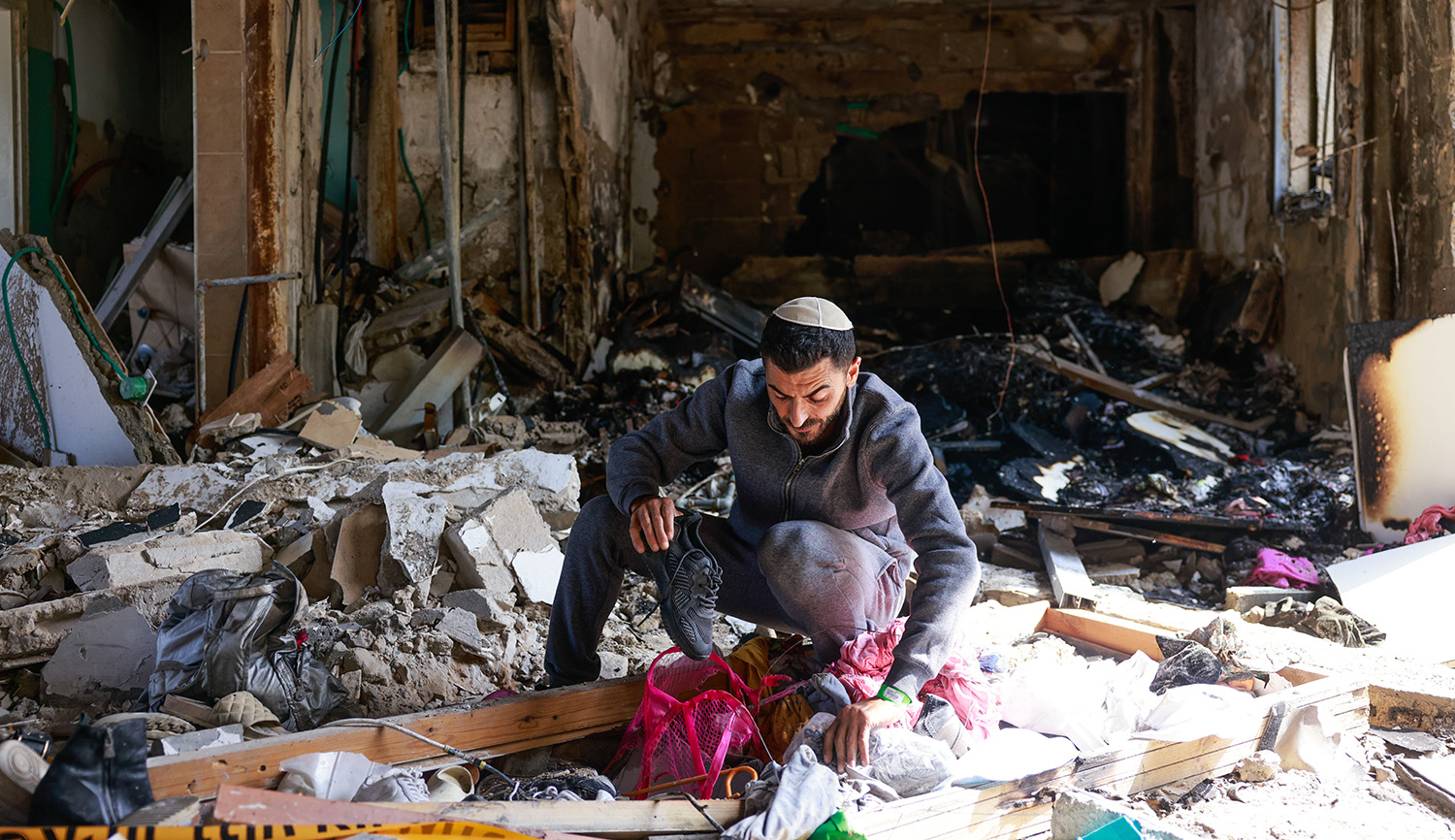On Monday, Benjamin Netanyahu arrived in the Golan village of Ein Keshatot to celebrate the completion of a fifteen-year project to restore the ancient synagogue there; it is now open to the public. Zachary Keyser writes:
The synagogue, with its ornately carved basalt Torah ark, was built in the 1st century CE but extensively renovated some 500 years later. The building, which collapsed in the catastrophic earthquake of 749 CE, measured almost 60 feet long by 43 feet wide, and is calculated to have been nearly 40 feet high. That impressive size made it one of the biggest of the 30 ancient synagogues discovered in the Golan Heights.
Several factors indicate the wealth of this Jewish village during the Byzantine era. The [nearby] springs supported a flax and textile industry, while the twin olive presses produced oil for export. The villagers’ wealth was displayed in their elaborate synagogue. . . .
Unlike other synagogues in the Golan which have an opening on the south oriented to Jerusalem, the door to the [this one] is set in the east wall. The opening is slightly asymmetric, and researchers assume the door was placed off-center to highlight the ark.
Among the archaeological findings was a cache of bronze and gold coins stored under the synagogue’s stone floor. Archaeologists used those coins to determine the synagogue was [renovated] during the reign of Justinian I, who ruled the Eastern Roman empire from 527 to 565 CE.
More about: Archaeology, Benjamin Netanyahu, Golan Heights, History & Ideas, Synagogue


